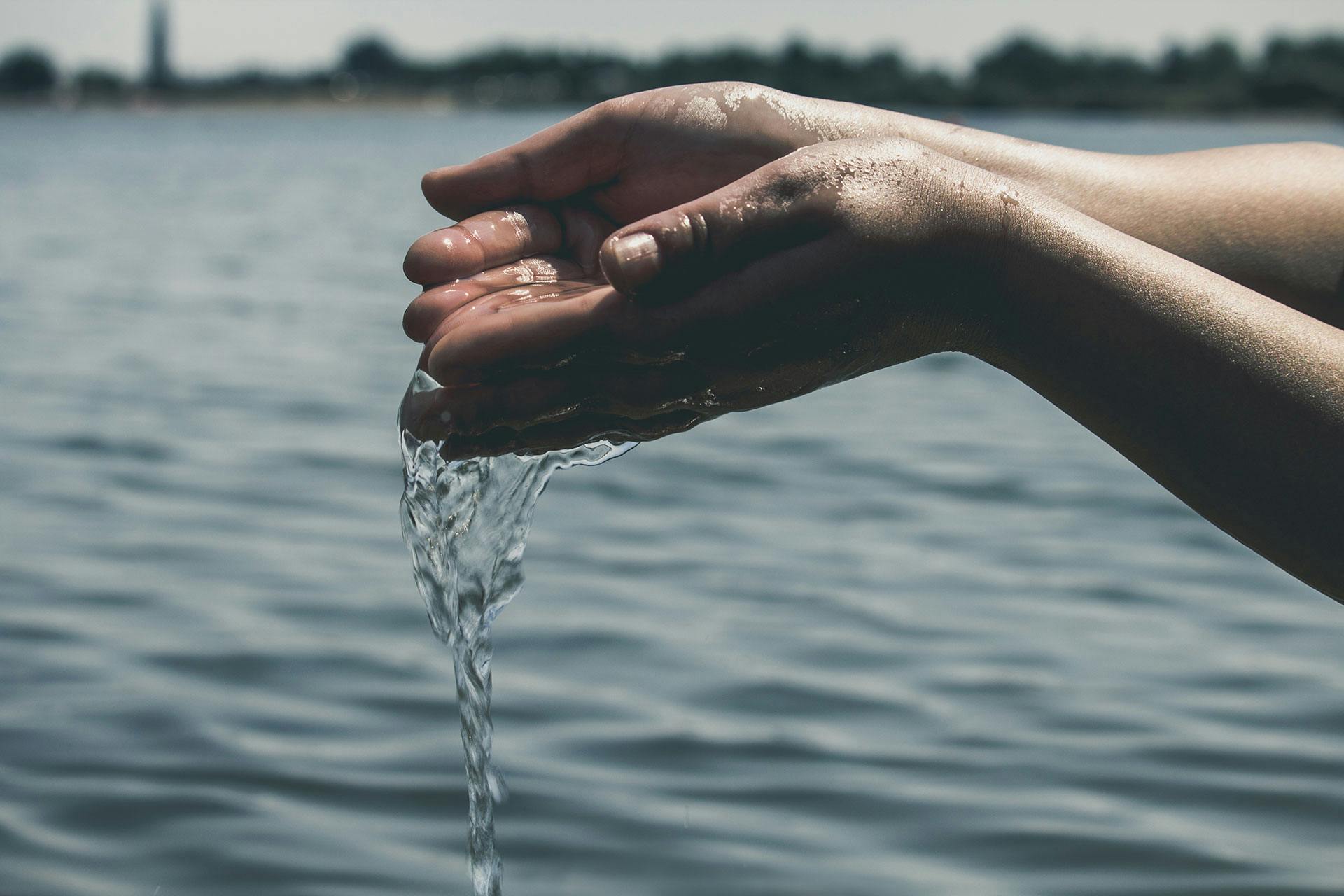
Access to safe drinking water remains a significant challenge in many parts of the world, particularly in rural and isolated areas. In South Africa, limited rainfall, inadequate water management systems, and reliance on untreated alternative water sources such as rivers, rainwater, and boreholes put many communities at risk of waterborne illnesses. The prevention of disease outbreaks in these areas requires an understanding of water quality and treatment. However, many lack the tools or expertise needed to assess water quality which results in what the study terms “epistemic injustice”, the inability to act due to insufficient access to critical information. Citizen science presents a promising solution by empowering community members to actively monitor and manage their water quality.
A study funded by the NRF explored how a citizen science approach contributed to the development of a community-based water quality monitoring program in the remote Amakhala Game Reserve in the Eastern Cape. The study aimed to evaluate the effectiveness of citizen science tools, particularly hydrogen sulphide (H₂S) water testing kits to enable communities to monitor microbial water quality. Researchers hypothesised that H₂S test results obtained by citizen scientists would align closely with laboratory-based Colilert® test results, confirming the reliability of community-led water quality monitoring.
The study was conducted in five villages within the Amakhala Game Reserve, home to approximately 200 adults and 80 children. Researchers collaborated with community members through workshops, surveys, and training sessions to create a participatory water quality monitoring program. Initial discussions and surveys were carried out in 29 households (out of 47 total) to identify water quality concerns and assess interest in monitoring. Most households relied on rainwater for drinking and borehole water for cleaning, although both sources showed potential microbial contamination.
Participants were trained to use H₂S test kits for weekly water sampling over an 18-week period. Paired water samples were collected by researchers and validated using Colilert® assays in a laboratory. Data analysis was performed using R statistical software, with graphical summaries generated through ggplot2. Weekly feedback sessions facilitated discussions about test results and water treatment strategies, encouraging community engagement and action.
Results were communicated to participants using a traffic light system:
The study revealed critical insights into water usage and contamination levels in the participating communities:
The study demonstrates the potential of citizen science to democratise access to water quality information and empower communities. By equipping participants with practical tools and knowledge, the initiative addressed critical gaps in routine water quality monitoring and reduced dependence on external resources. Despite its success, the study noted some limitations, such as the three-day incubation period required for H₂S test results and the need for sustainable access to testing kits.
The findings confirm the effectiveness of H₂S test kits as a cost-effective, accessible method for microbial water monitoring.
Note: This service is not intended for secure transactions such as banking, social media, email, or purchasing. Use at your own risk. We assume no liability whatsoever for broken pages.
Alternative Proxies: